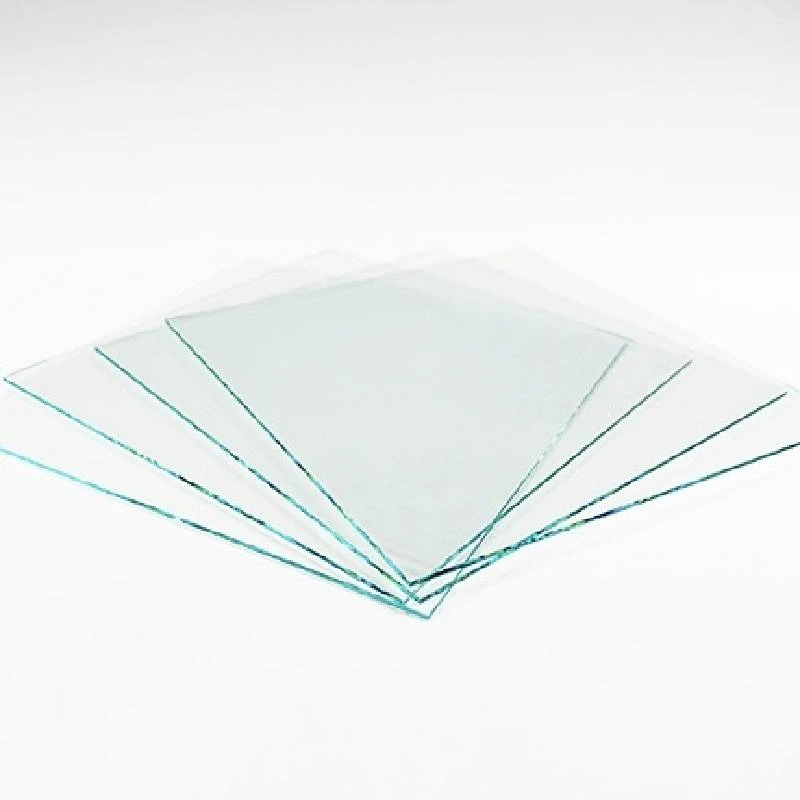

Semi-Reflective Glass A Balancing Act of Aesthetics and Functionality
In the realm of modern architecture and interior design, the utilization of materials plays a pivotal role in achieving the desired outcomes in both functionality and aesthetic appeal. One such innovative material that has gained significant popularity is semi-reflective glass. This versatile glazing option couples the advantages of reflection and transparency, making it an appealing choice for a variety of applications.
Understanding Semi-Reflective Glass
Semi-reflective glass is characterized by its unique coating that allows for partial reflection and partial transmission of light. This means that while it can reflect incoming light, some of that light is still able to pass through, providing visibility from both sides. The optical properties of semi-reflective glass can vary depending on the specific application and the coatings used, but generally, it balances between transparency and reflectivity. This duality enables buildings to maintain privacy without sacrificing the benefits of natural light.
Aesthetic Appeal
One of the most compelling reasons for the use of semi-reflective glass in architectural design is its aesthetic appeal. The glass surface often has a sleek, modern look that enhances the overall character of a building. When used in facades, it can create a striking visual effect, beautifully reflecting the surrounding environment — whether it’s bustling cityscapes or tranquil greenery. This reflective quality can function as a canvas, changing with the seasons and lighting, adding an element of dynamism to the design.
Furthermore, the subtle mirror-like properties of semi-reflective glass can help to create a sense of depth and dimension, making structures appear more expansive. This illusion is particularly beneficial in urban settings where space can be limited. By utilizing semi-reflective glass, architects can foster a connection between the interior and exterior spaces while maintaining privacy for those inside.
Energy Efficiency and Sustainability

Beyond its aesthetic advantages, semi-reflective glass also offers significant functional benefits, particularly in terms of energy efficiency. Buildings designed with this type of glass can effectively regulate heat gain by reflecting a portion of solar radiation, which helps to maintain comfortable indoor temperatures. This thermal control can reduce reliance on heating and cooling systems, ultimately decreasing energy consumption and lowering utility costs.
Moreover, as sustainability becomes a crucial aspect of modern construction, semi-reflective glass presents itself as an environmentally friendly option. By enhancing natural light penetration and minimizing the need for artificial lighting, buildings can reduce their overall energy footprint. This aligns well with green building certifications such as LEED (Leadership in Energy and Environmental Design), making it an attractive choice for eco-conscious architects and clients.
Applications in Modern Design
Semi-reflective glass finds applications in diverse settings, from commercial skyscrapers to residential homes. In office buildings, it is often used to create visually appealing and comfortable working environments with ample natural light. Similarly, in residential interiors, homeowners can enjoy unobstructed views of the outdoors while maintaining a sense of privacy from neighbors.
Moreover, semi-reflective glass is used in curtain walls, glass railings, and even storefronts, providing flexibility in design and enhancing the beauty of the structure. Its ability to produce striking visual effects while adhering to functional demands makes it a favored material in contemporary architecture.
Conclusion
In conclusion, semi-reflective glass represents a balance between aesthetics and functionality, making it a valuable asset in modern architecture. Its ability to blend natural light with privacy, coupled with energy-efficient qualities, positions it as a forward-thinking choice for designers and builders alike. As we continue to seek innovative solutions for our built environments, semi-reflective glass stands out as a material that harmonizes beauty with practicality, reflecting the ever-evolving nature of design and sustainability.